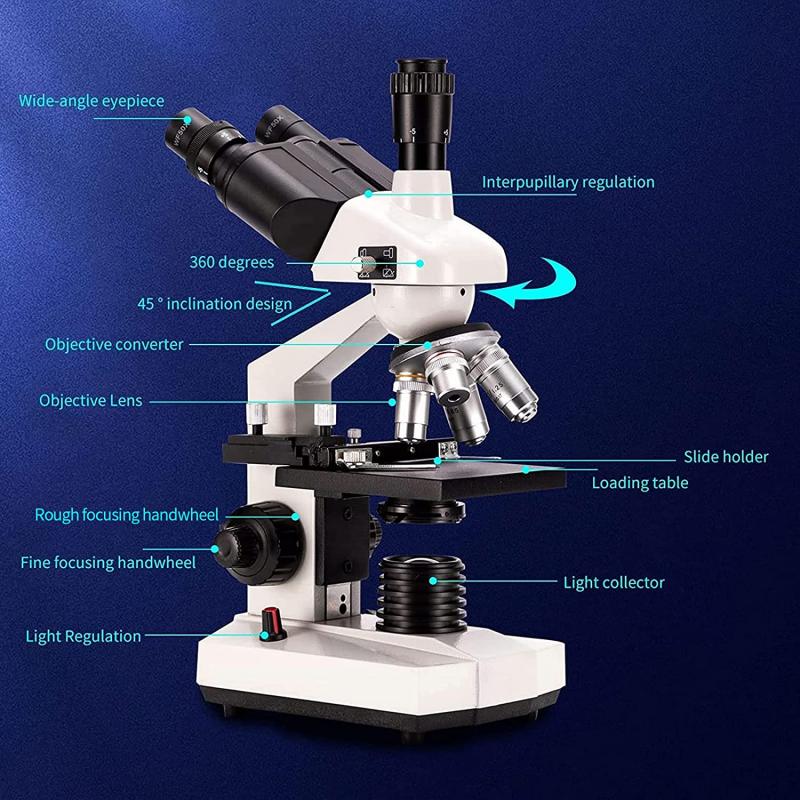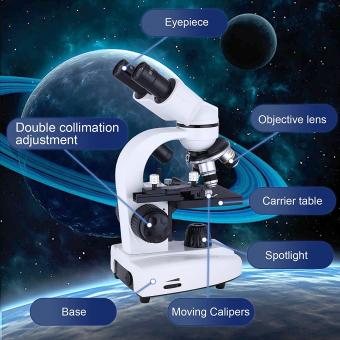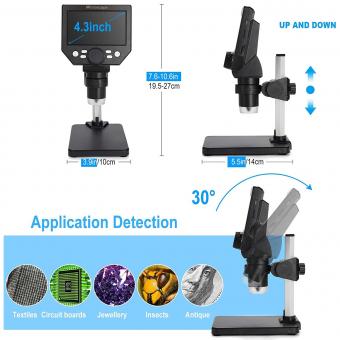Can Dna Be Seen With An Electron Microscope ?
No, DNA cannot be directly seen with an electron microscope.
1、 DNA visualization using electron microscopy techniques
Yes, DNA can be seen with an electron microscope. Electron microscopy techniques have been used for several decades to visualize DNA at high resolution. The first direct visualization of DNA using electron microscopy was achieved in the 1950s by Rosalind Franklin and Maurice Wilkins, who used X-ray crystallography and electron diffraction to study the structure of DNA.
Since then, electron microscopy techniques have advanced significantly, allowing for even more detailed visualization of DNA. One of the most commonly used techniques is transmission electron microscopy (TEM), which involves passing a beam of electrons through a thin section of DNA sample. The electrons interact with the atoms in the sample, producing an image that can be captured on a detector.
TEM can provide high-resolution images of DNA, revealing its double helix structure and allowing for the study of various aspects such as DNA-protein interactions, DNA damage, and DNA replication. However, preparing DNA samples for TEM can be challenging, as the samples need to be fixed, dehydrated, and embedded in a resin before being sectioned.
In recent years, advancements in electron microscopy techniques have led to the development of cryo-electron microscopy (cryo-EM), which allows for the visualization of DNA in its native state. Cryo-EM involves freezing the DNA sample in a thin layer of vitreous ice and imaging it at extremely low temperatures. This technique has revolutionized the field of structural biology and has provided unprecedented insights into the structure and function of DNA.
In conclusion, DNA can indeed be seen with an electron microscope, and electron microscopy techniques continue to play a crucial role in our understanding of DNA structure and function. The latest advancements in cryo-EM have further expanded our ability to visualize DNA in its natural state, opening up new avenues for research in the field of molecular biology.
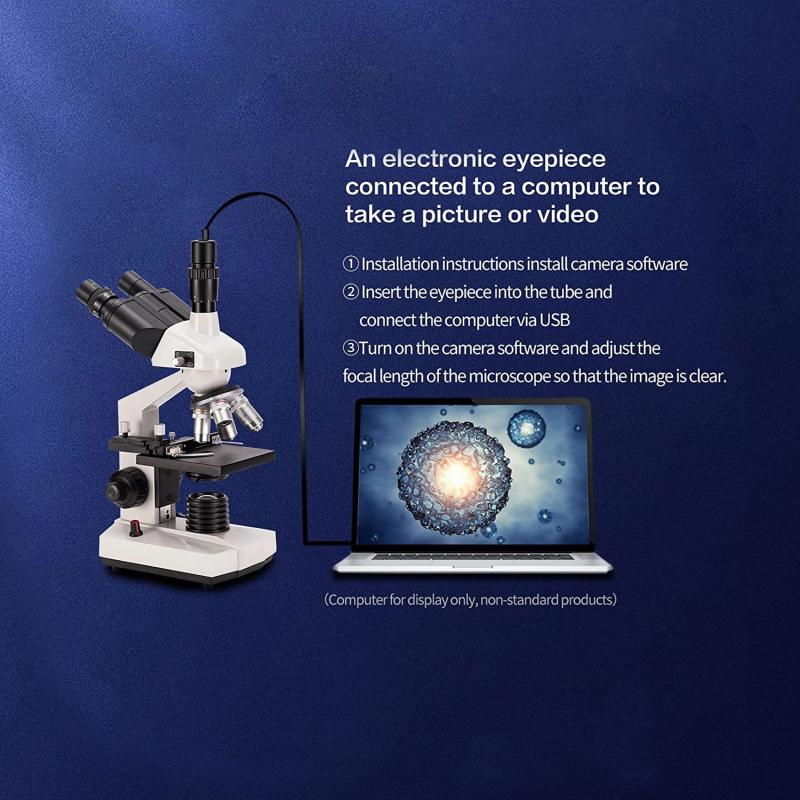
2、 Limitations of electron microscopy in DNA imaging
Yes, DNA can be seen with an electron microscope. Electron microscopy has been a valuable tool in visualizing the structure of DNA since its discovery. The high resolution and magnification capabilities of electron microscopes allow for the direct observation of DNA molecules.
Electron microscopy has provided important insights into the structure of DNA, such as the famous image of the double helix taken by Rosalind Franklin in the 1950s. This image, along with subsequent studies, has greatly contributed to our understanding of DNA's structure and function.
However, there are limitations to electron microscopy in DNA imaging. One major limitation is the requirement for sample preparation. DNA molecules are typically very delicate and can be easily damaged during the preparation process. This can lead to distortions or artifacts in the images obtained.
Another limitation is the need for a vacuum environment in electron microscopy, which can cause dehydration of the sample. This can affect the structure of DNA and may not accurately represent its native state.
Additionally, electron microscopy is limited in its ability to capture dynamic processes in real-time. DNA is a highly dynamic molecule that undergoes various conformational changes and interactions with other molecules. Electron microscopy provides a static snapshot of DNA, making it difficult to study these dynamic processes.
Despite these limitations, electron microscopy remains a powerful tool for studying DNA structure. Recent advancements in sample preparation techniques and imaging technology have improved the resolution and accuracy of DNA imaging using electron microscopy. Additionally, the combination of electron microscopy with other techniques, such as cryo-electron microscopy and super-resolution microscopy, has further enhanced our ability to visualize DNA at the molecular level.
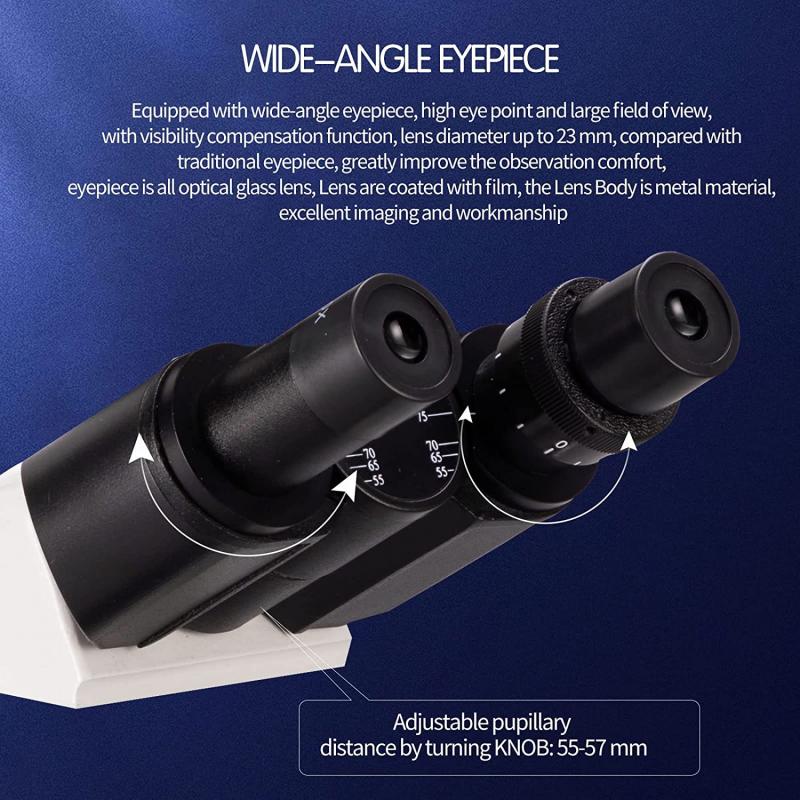
3、 Advances in electron microscopy for DNA visualization
Yes, DNA can be seen with an electron microscope. Electron microscopy has been a valuable tool in the field of molecular biology for visualizing DNA at high resolution. The technique involves using a beam of electrons instead of light to image the sample, allowing for much higher magnification and resolution.
Advances in electron microscopy have greatly improved our ability to visualize DNA. In the past, DNA was typically stained with heavy metals such as uranium or osmium to enhance contrast. However, these stains can introduce artifacts and distort the structure of the DNA. Recent developments in sample preparation techniques have allowed for the direct imaging of unstained DNA using electron microscopy.
One such technique is cryo-electron microscopy (cryo-EM), which involves freezing the sample in a thin layer of vitreous ice. This preserves the native structure of the DNA and allows for high-resolution imaging. Cryo-EM has revolutionized the field of structural biology, enabling researchers to determine the three-dimensional structure of DNA and its interactions with other molecules.
Another recent advancement is the development of DNA origami, a technique that allows for the precise folding of DNA into complex shapes and structures. Electron microscopy has been instrumental in visualizing these DNA nanostructures, providing insights into their assembly and potential applications in nanotechnology.
In conclusion, advances in electron microscopy have greatly enhanced our ability to visualize DNA. Techniques such as cryo-EM and DNA origami have opened up new avenues for studying the structure and function of DNA at the molecular level. These advancements continue to push the boundaries of our understanding of DNA and its role in biological processes.
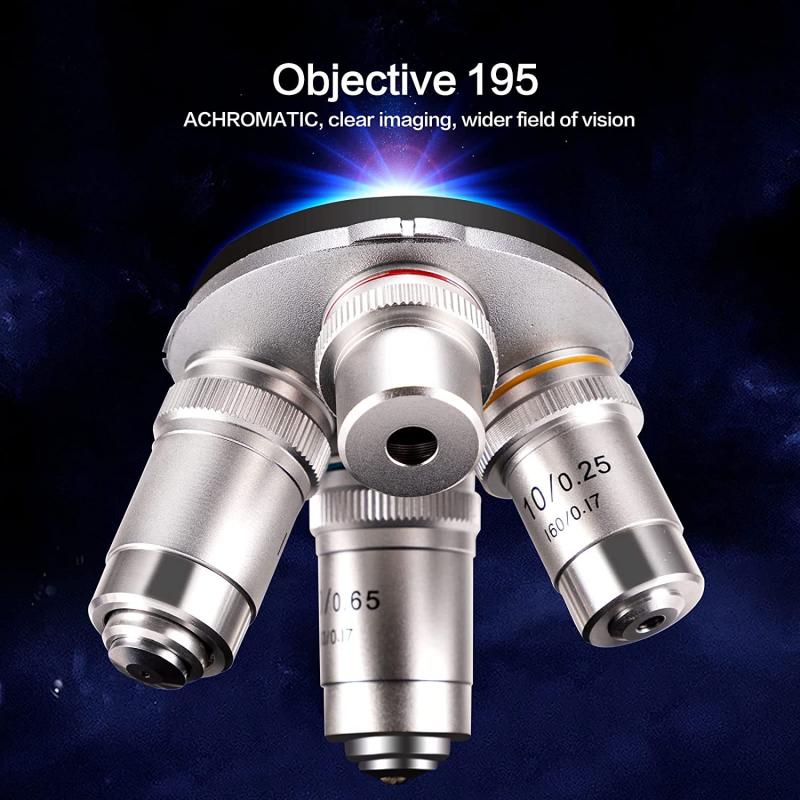
4、 Challenges in preparing DNA samples for electron microscopy
Yes, DNA can be seen with an electron microscope. Electron microscopy is a powerful imaging technique that uses a beam of electrons instead of light to visualize samples at a much higher resolution. This allows for the observation of fine details, such as the structure of DNA molecules.
However, there are several challenges in preparing DNA samples for electron microscopy. One major challenge is the need to preserve the native structure of the DNA molecule. DNA is a delicate molecule that can easily be damaged or distorted during sample preparation. To overcome this challenge, researchers have developed various techniques to stabilize and protect the DNA structure, such as embedding the DNA in a thin layer of ice or using specialized staining methods.
Another challenge is the size of DNA molecules. DNA is a very long molecule, and electron microscopes typically have a limited field of view. This means that only a small portion of the DNA molecule can be imaged at a time. To address this, researchers often use techniques like DNA combing or stretching to align the DNA molecules in a way that allows for better visualization.
Furthermore, DNA samples need to be prepared in a way that minimizes artifacts and background noise. Contaminants or impurities in the sample can interfere with the imaging process and make it difficult to obtain clear images of the DNA. Therefore, careful purification and preparation steps are necessary to ensure high-quality imaging.
In recent years, advancements in electron microscopy techniques, such as cryo-electron microscopy, have further improved the visualization of DNA. Cryo-electron microscopy allows for the imaging of samples at extremely low temperatures, preserving the native structure of the DNA and providing unprecedented details.
In conclusion, while there are challenges in preparing DNA samples for electron microscopy, it is indeed possible to visualize DNA using this technique. Ongoing advancements in sample preparation methods and electron microscopy techniques continue to enhance our understanding of the structure and function of DNA.
